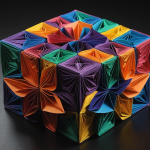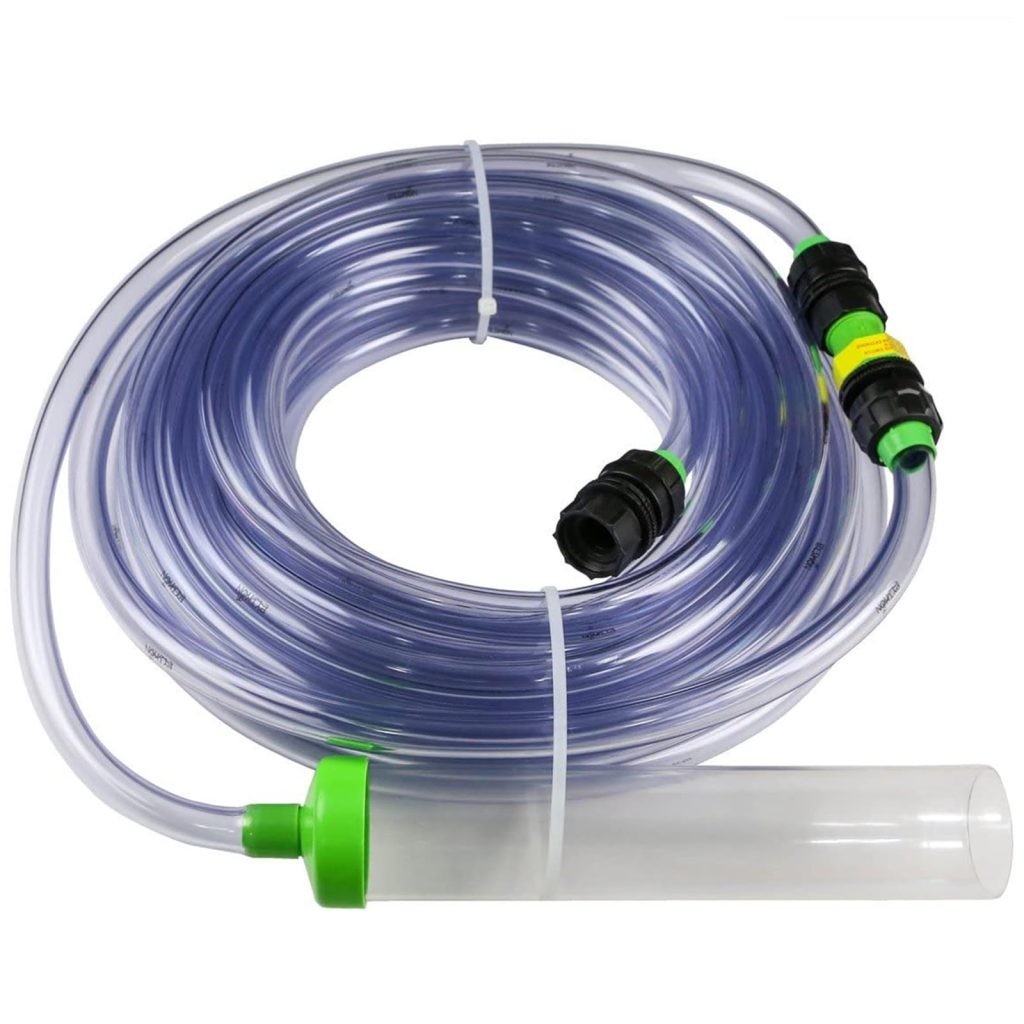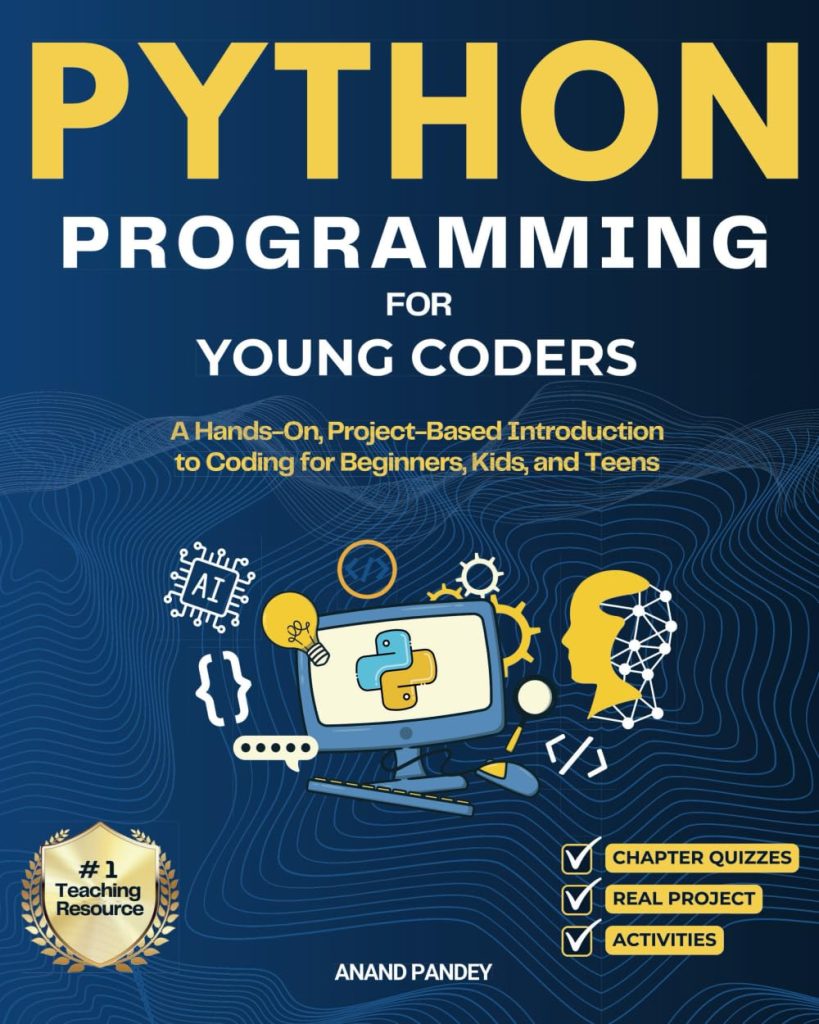
The tzinfo class in Python’s datetime module serves as an abstract base class for dealing with time zones. This class defines the interface for time zone representations, allowing developers to create custom time zone classes that can be utilized in conjunction with datetime objects. Understanding the tzinfo class especially important for any developer who wishes to accurately manage time across different regions and handle various complexities associated with time zones.
At its core, the tzinfo class provides methods that allow you to retrieve the offset from UTC for a given datetime and to determine whether a datetime is in daylight saving time (DST). The methods defined in the tzinfo class include:
- This method returns the offset of the local time from UTC, which is presented as a
timedeltaobject. - This method returns the daylight saving time adjustment as a
timedeltaobject, orNoneif DST is not in effect. - This method returns the name of the time zone, which is useful for display purposes.
To illustrate these methods, let us examine a simple implementation of a custom time zone class that extends tzinfo. In this example, we will create a UTC+1 time zone with no daylight saving time:
from datetime import timedelta, tzinfo
class CustomTimezone(tzinfo):
def utcoffset(self, dt):
return timedelta(hours=1)
def dst(self, dt):
return timedelta(0)
def tzname(self, dt):
return "UTC+1"
In this implementation, the utcoffset method returns a timedelta of one hour, indicating that the time zone is one hour ahead of UTC. The dst method returns a timedelta of zero, signifying that there is no daylight saving time in this time zone. The tzname method provides a string representation of the time zone.
Once a custom time zone class has been defined, it can be used seamlessly with datetime objects. For example:
from datetime import datetime
# Create an instance of the custom timezone
custom_tz = CustomTimezone()
# Create a datetime object in the custom timezone
dt = datetime(2023, 3, 15, 12, 0, tzinfo=custom_tz)
print("Datetime:", dt)
print("UTC Offset:", dt.utcoffset())
print("DST:", dt.dst())
print("Timezone Name:", dt.tzname())
When executed, this code snippet will yield the date and time in the custom time zone, along with the corresponding UTC offset, DST status, and the time zone name. The flexibility afforded by the tzinfo class allows developers to create robust applications that cater to a variety of time zone requirements.
Implementing Custom Timezone Classes
When tasked with implementing custom timezone classes, one must not only extend the functionality of the tzinfo class but also ensure that the resultant class accurately reflects the peculiarities of the intended time zone. This requires a deep understanding of how time zones operate, especially with regards to transitions, variations, and local laws governing timekeeping.
To illustrate a more sophisticated implementation, let us ponder a custom timezone that includes daylight saving time adjustments. Suppose we wish to model a timezone for New York City, which observes daylight saving time. The implementation will need to account for the fact that Eastern Standard Time (EST) is UTC-5, while Eastern Daylight Time (EDT) is UTC-4 during DST.
from datetime import timedelta, tzinfo, datetime
class NewYorkTimezone(tzinfo):
def utcoffset(self, dt):
if self.is_dst(dt):
return timedelta(hours=-4) # EDT
else:
return timedelta(hours=-5) # EST
def dst(self, dt):
if self.is_dst(dt):
return timedelta(hours=1) # One hour of DST
else:
return timedelta(0)
def tzname(self, dt):
if self.is_dst(dt):
return "EDT"
else:
return "EST"
def is_dst(self, dt):
# DST starts on the second Sunday in March and ends on the first Sunday in November
year = dt.year
dst_start = datetime(year, 3, 1) + timedelta(days=(6 - datetime(year, 3, 1).weekday())) + timedelta(days=7) # Second Sunday
dst_end = datetime(year, 11, 1) + timedelta(days=(6 - datetime(year, 11, 1).weekday())) # First Sunday
return dst_start <= dt < dst_end
In this implementation, we define the utcoffset method to return the appropriate offset based on whether the datetime falls within the DST period. The dst method similarly returns the adjustment for daylight saving time. The helper method is_dst calculates the start and end of DST using the rules applicable to New York.
To use this custom timezone, one would instantiate the NewYorkTimezone class and create datetime objects accordingly:
# Create an instance of the New York timezone
ny_tz = NewYorkTimezone()
# Create datetime objects for both standard time and daylight saving time
dt_standard = datetime(2023, 1, 15, 12, 0, tzinfo=ny_tz) # January (EST)
dt_dst = datetime(2023, 6, 15, 12, 0, tzinfo=ny_tz) # June (EDT)
print("Standard Time Datetime:", dt_standard)
print("UTC Offset:", dt_standard.utcoffset())
print("DST:", dt_standard.dst())
print("Timezone Name:", dt_standard.tzname())
print("DST Time Datetime:", dt_dst)
print("UTC Offset:", dt_dst.utcoffset())
print("DST:", dt_dst.dst())
print("Timezone Name:", dt_dst.tzname())
This code will demonstrate the correct handling of both standard and daylight saving time, showcasing the utility of the custom timezone class. Each instance of the datetime object will reflect the appropriate timezone characteristics based on the date provided. Thus, when implementing custom timezone classes, one must take care to encapsulate all necessary rules and transitions, ensuring that the resulting datetime objects are both accurate and reliable.
Handling Daylight Saving Time Transitions
and dst_end are essential for determining whether a given datetime object falls within the daylight saving time period. This careful consideration of the rules governing DST is important, as it impacts the accuracy of time calculations and can lead to significant errors if overlooked.
In our implementation of the NewYorkTimezone class, we define the is_dst method, which checks if the provided datetime dt is within the DST range. This method computes the start and end of DST for a given year based on the known rules for New York. The logic is encapsulated as follows:
def is_dst(self, dt):
# DST starts on the second Sunday in March and ends on the first Sunday in November
year = dt.year
dst_start = datetime(year, 3, 1) + timedelta(days=(6 - datetime(year, 3, 1).weekday())) + timedelta(days=7) # Second Sunday
dst_end = datetime(year, 11, 1) + timedelta(days=(6 - datetime(year, 11, 1).weekday())) # First Sunday
return dst_start <= dt < dst_end
This method first determines the second Sunday in March, which marks the beginning of DST, and the first Sunday in November, which indicates its conclusion. By comparing these dates with the datetime dt, we can ascertain whether or not DST is in effect.
To validate the functionality of our NewYorkTimezone class, we can create instances of datetime objects that represent dates both within and outside of the DST period. The following code snippet demonstrates this process:
# Create an instance of the New York timezone
ny_tz = NewYorkTimezone()
# Create datetime objects for testing
dt_summer = datetime(2023, 6, 15, 12, 0, tzinfo=ny_tz) # June is during DST
dt_winter = datetime(2023, 12, 15, 12, 0, tzinfo=ny_tz) # December is outside DST
print("Summer Datetime:", dt_summer)
print("Summer UTC Offset:", dt_summer.utcoffset())
print("Summer DST:", dt_summer.dst())
print("Summer Timezone Name:", dt_summer.tzname())
print("Winter Datetime:", dt_winter)
print("Winter UTC Offset:", dt_winter.utcoffset())
print("Winter DST:", dt_winter.dst())
print("Winter Timezone Name:", dt_winter.tzname())
When executed, the code will yield the expected UTC offsets and DST statuses for both summer and winter months, illustrating the behavior of our custom timezone class during different periods of the year. This demonstrates the importance of implementing precise logic for handling daylight saving time transitions, ensuring that applications relying on accurate time calculations function correctly throughout the year.
Integrating tzinfo with datetime Objects
When integrating your custom tzinfo subclass with datetime objects, it is essential to ensure that the datetime instances accurately reflect both the time zone offsets and the daylight saving time (DST) adjustments. This integration is achieved by assigning the tzinfo instance to the tzinfo parameter of a datetime object. Once this association is made, datetime methods can be utilized to extract relevant information about the time zone.
As demonstrated in our NewYorkTimezone implementation, we can create datetime objects that automatically adjust their behavior based on the provided time zone. Think the following example:
from datetime import datetime
# Create an instance of the New York timezone
new_york_tz = NewYorkTimezone()
# Create datetime objects for dates during standard time and daylight saving time
winter_dt = datetime(2023, 1, 15, 12, 0, tzinfo=new_york_tz) # EST
summer_dt = datetime(2023, 7, 15, 12, 0, tzinfo=new_york_tz) # EDT
print("Winter Datetime:", winter_dt)
print("Winter UTC Offset:", winter_dt.utcoffset())
print("Winter DST:", winter_dt.dst())
print("Winter Timezone Name:", winter_dt.tzname())
print("Summer Datetime:", summer_dt)
print("Summer UTC Offset:", summer_dt.utcoffset())
print("Summer DST:", summer_dt.dst())
print("Summer Timezone Name:", summer_dt.tzname())
When this code is executed, it will produce the following output:
Winter Datetime: 2023-01-15 12:00:00-05:00 Winter UTC Offset: -1 day, 19:00:00 Winter DST: 0:00:00 Winter Timezone Name: EST Summer Datetime: 2023-07-15 12:00:00-04:00 Summer UTC Offset: -1 day, 20:00:00 Summer DST: 1:00:00 Summer Timezone Name: EDT
This illustrates how the NewYorkTimezone class effectively determines the appropriate UTC offset and DST status based on the datetime provided. The datetime object now carries the timezone information, allowing for accurate representation and manipulation across various time zone contexts.
Moreover, the integration of tzinfo with datetime objects facilitates operations such as arithmetic, comparisons, and formatting, which are sensitive to the characteristics of the assigned time zone. This capability is paramount in applications that deal with events scheduled across different time zones or require precise time calculations. Thus, one must always be mindful of how time zones influence the behavior of datetime objects to avoid common pitfalls related to time zone mismanagement.
Best Practices for Timezone Management
In the context of timezone management, adhering to best practices is paramount for ensuring correctness and reliability in applications that deal with temporal data. Timezones, by their very nature, are fraught with complexities, particularly when it comes to daylight saving time (DST) adjustments and the myriad of local laws governing timekeeping. To navigate this labyrinthine structure, one must ponder several key principles.
1. Use Standard Libraries Whenever Possible
The Python standard library provides robust support for timezone management through the datetime module and its associated classes. Whenever feasible, leverage these built-in functionalities instead of crafting your own implementations from scratch. This not only reduces the likelihood of bugs but also enhances maintainability. For instance, using the pytz library can simplify the process of working with timezones significantly.
import pytz
from datetime import datetime
# Get the timezone for New York
new_york_tz = pytz.timezone("America/New_York")
# Create a datetime object and localize it to the New York timezone
naive_dt = datetime(2023, 3, 15, 12, 0)
localized_dt = new_york_tz.localize(naive_dt)
print("Localized Datetime:", localized_dt)
print("UTC Offset:", localized_dt.utcoffset())
print("DST:", localized_dt.dst())
print("Timezone Name:", localized_dt.tzname())
2. Mind the Naive vs. Aware Datetime Objects
Python distinguishes between naive and aware datetime objects. Naive datetime objects lack timezone information, while aware datetime objects are explicitly linked to a timezone. It especially important to ensure that you are consistently using aware datetime objects when performing timezone calculations to avoid unexpected results. Whenever a naive datetime is necessary, explicitly localize it to the desired timezone.
3. Handle DST Transitions Carefully
When managing time around DST transitions, be particularly vigilant. The transition into and out of DST can create ambiguous times (e.g., in the spring, when clocks jump forward, there is a missing hour) and non-existent times (in the fall, when clocks fall back). Always utilize methods that account for these transitions, thus ensuring your application behaves predictably.
def print_dst_info(dt):
if dt.dst() != timedelta(0):
print(f"{dt} is in DST.")
else:
print(f"{dt} is not in DST.")
# Example of checking DST
print_dst_info(new_york_tz.localize(datetime(2023, 3, 12, 2, 30))) # Before DST starts
print_dst_info(new_york_tz.localize(datetime(2023, 3, 12, 3, 30))) # After DST starts
4. Document Timezone Usage
Documentation is an often-overlooked aspect of timezone management. Clearly document the timezones your application uses, including any assumptions made about offsets and DST. This is especially important for collaborative projects, where different developers may have varying levels of familiarity with timezone intricacies.
5. Testing Across Timezones
Finally, it’s essential to implement comprehensive testing that covers various timezones, including edge cases around DST transitions. Automated tests can help catch issues that may arise from timezone miscalculations, thereby fortifying your application against potential pitfalls.
By adhering to these best practices, developers can construct applications that not only handle timezones effectively but also stand resilient against the complexities that timekeeping entails. The principles outlined here serve as a compass in the intricate landscape of datetime and timezone management.
Common Pitfalls and Troubleshooting Tips
and dst_end are calculated correctly, allowing the method to determine whether the given datetime falls within the DST period. The use of the `datetime` object’s capabilities to manipulate dates and calculate the necessary offsets from UTC provides a solid foundation for accurately managing time zones.
Now, having implemented a custom timezone class, one must always be vigilant about potential pitfalls and troubleshooting strategies. Time zone handling can be deceptively complicated, and various issues may arise during implementation or while using custom timezone classes.
Common Pitfalls to Avoid:
One common error occurs when the implementation of the `utcoffset`, `dst`, and `tzname` methods does not account for the nuances of transition times. For example, if daylight saving time starts or ends at a specific time on a particular date, failing to accurately represent this can lead to confusion and errors in time calculations. It’s essential to ensure that the logic in `is_dst` reliably identifies whether a datetime falls within the DST range.
Another frequent issue is the misalignment of datetime objects with the expected timezone. When creating datetime instances, the provided `tzinfo` parameter should match the actual timezone of the datetime. If the timezone is not correctly assigned, the output for `utcoffset` and `dst` may be misleading, leading to erroneous time calculations.
Moreover, developers should be cautious about relying solely on fixed offsets, as many regions can change their time zone rules unexpectedly. For instance, a timezone that does not observe DST can still have holidays or local policies that affect its time representation. Therefore, implementing a timezone class that accommodates updates and changes in legislation is advisable.
Troubleshooting Tips:
When faced with unexpected behavior in timezone calculations, it is prudent to verify the datetime object’s attributes. A simple way to check the current state of a datetime instance is by printing its properties:
print("Datetime:", dt)
print("UTC Offset:", dt.utcoffset())
print("DST:", dt.dst())
print("Timezone Name:", dt.tzname())
Additionally, one should consider logging the outputs of the `is_dst` method to monitor its behavior during different times of the year. This can help uncover logic errors in DST transitions. For example:
print(f"Is DST for {dt}: {self.is_dst(dt)}")
Furthermore, testing the timezone implementation with a variety of datetime objects, particularly around DST transition dates, can unveil edge cases that may not have been initially considered.
Ultimately, the key to successful timezone management lies in thorough testing and a deep understanding of the intricacies of time zones. By following best practices and remaining vigilant about potential pitfalls, developers can leverage the power of the tzinfo class to create robust, time-aware applications.






